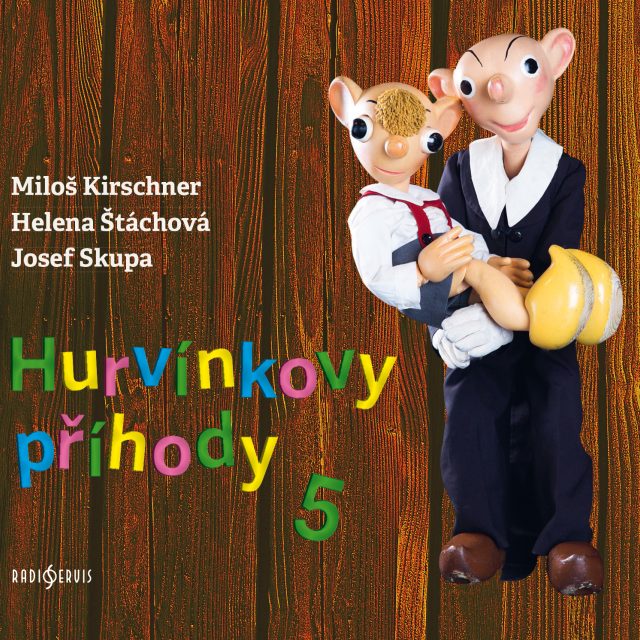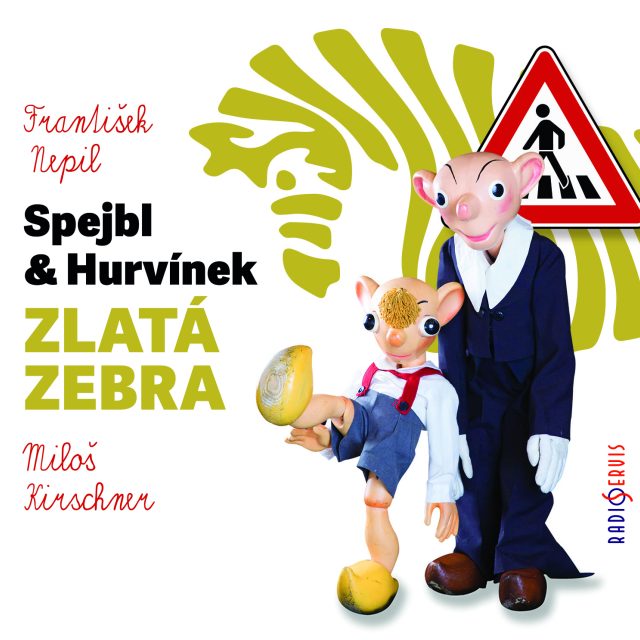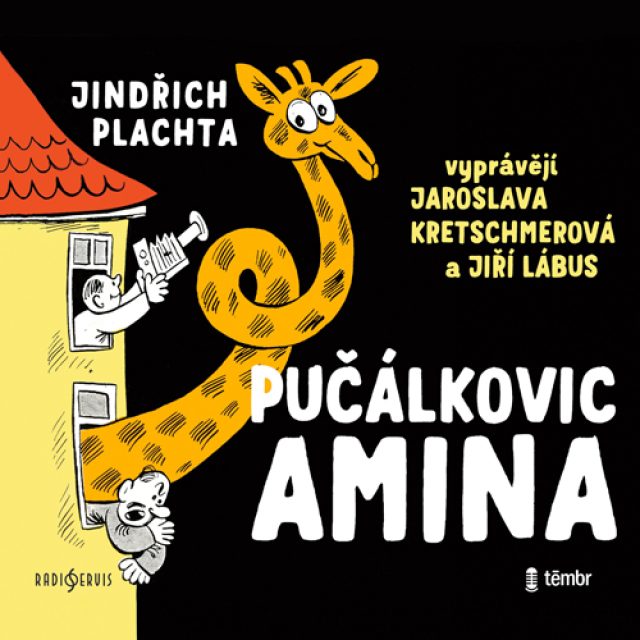Vítězslav Novák
*5 December 1870 Kamenice nad Lipou† 18 July 1949 Skuteč (his urn lies in the pedestal of Jan Kodeta’s statue of Novák on Petřín Hill in Prague)
Of Antonín Dvořák’s composition students at the Prague Conservatory, two were especially successful as composers: Josef Suk and Vítězslav Novák. And if from that era we also mention Leoš Janáček as well as the young Bohuslav Martinů, we have named the foremost Czech composers of the first half of the 20th century.

Vítězslav Novák (christened as Viktor, he later chose the Czech form of this name Vítězslav) spent his youth in Jindřichův Hradec, where he graduated from the gymnasium. At the Prague Conservatory, he studied composition and piano (he would later often play the piano part in performances of his chamber works). He found strong inspiration as a composer in nature and in particular at the beginning of his career (around the turn of the century) in the folklore of southeastern Moravia (Slovácko) and Slovakia. His first experiences with that region came during summer stays in Velké Karlovice in the Valašsko area. In his memoirs (O sobě a o jiných – About Myself and Others) he remembers it thus: “I can never be thankful enough for the stroke of good fortune that took me to those beautiful places and laid down the basis for my musical Moravianism.” One of the most important works in this vein is the Slovácká suita (Slovácko Suite) for small orchestra, Op. 32 (1903 in sections titled In Church, Among Children, Falling in Love, With the Band, At Night), which conveys the impressions of a Sunday in Velká nad Veličkou and Javorník. One of the greatest works inspired by this Moravian-Slovak area (including its tales of the zbojník Jánošík, a legendary Slovak Robin Hood figure) is the Sonata Eroica, Op. 24 for piano (1900). But indeed there are a whole series of such works such as the Ballads on Moravian Folk Poetry for chorus (in particular, Disastrous War); Slovak Songs (piano accompaniment for Slovak folk songs); his String Quartet No. 1, Op. 22 (1899); and his Ballata trio (Trio quasi una ballata), Op. 27; and the last part of his piano cycle My May (1899), entitled Slovácky. Slovakia can take credit for inspiring his symphonic poem In the Tatras, Op. 26 (1902, def. 1907), one of Novák’s major works. Novák loved the Tatras and knew them intimately, being an enthusiastic mountain climber, who once came close to paying for his passion with his life.

The first decades of the 20th century were a favourable time for Novák’s composing; one after another in rapid sequence he produced several noteworthy works very characteristic of their composer. When after completing the Slovácko Suite (summer 1903) he was comtemplating some additional orchestral piece, there came into his hands a volume of poetry in prose, “A picture book without pictures” by the famous fairytale author Hans Christian Andersen. He was much taken with one story in it about a flock of swans flying over the sea on a moonlit night. One swan slowly sank from fatigue down onto the surface. She rested but then again took flight, now flying alone but with great longing behind her flock mates into the glow of the rising sun. In that text Novák found inspiration for his “poem in music” O věčné touze (Eternal Longing). In the conception of this work, in its tone colours one discovers several new features in Novák, ones typical of his stylistic tendency toward impressionism. Novák’s next orchestral work was also a tone poem, the impulse for it coming from František Ladislav Čelakovský′s ballad: Toman a lesní panna (Toman and the Nymph of the Woods), Op. 40. It is a work of extreme dramatic tension with thick polyphony (polyphony being quite close to Novák’s heart). In the subsequent years he worked on a large-scale cantata (“a maritime fantasy”) Bouře, Op. 42 (based on The Storm, a poem by Svatopluk Čech), the premiere of which in Brno in 1910 proved to be a cultural event of the first order. His following work, Pan (the antique god of nature), “a musical poem in five movements” for piano, Op. 43 (Prologue, Mountains, Sea, Forest, Woman), again ranks among the most representative of Novák’s works (the composer later also arranged this work for large orchestra).
In the years after that, Novák turned to the opera. His first work in this genre was the comic opera Zvíkovský rarášek (The Imp of Zvíkov, 1914) on a play by Ladislav Stroupežnický (which was in autumn of 1908 in the repertoire of Prague’s National Theatre). The choice of subject for his next opera, Karlštejn (1915-1916, libretto by Otokar Fischer based on Jaroslav Vrchlický’s comedy), was influenced by war conditions: Novák wanted to create a work of pronounced patriotic leanings. His other two operas – Lucerna (The Lantern) and Dědův odkaz (Grandfather’s Legacy) – did not achieve any striking success.

His Podzimní symfonie (Autumn Symphony 1931-34) for large orchesta with men’s and women’s chorus, Op. 62, on the other hand, is indeed a major work. It was performed twice in the Czech Philharmonic’s 1934-35 concert season, and then when (in accordance with the practice of those days) subscribers could choose which of the compositions performed that season they would like to hear again in the last concert, the Autumn Symphony was the winner.
Shortly before the Second World War he composed his orchestral work Jihočeská suita (South Bohemian Suite), Op. 64 (where our attention is especially drawn to the third movement, the passacaglia Pochod Táborů). Also dating from the war years is his tone poem De profundis (this being the Latin for the first words of Psalm 130: “Out of the depths have I cried unto thee, O Lord”). Novák wrote into his score, “Consecrated by the suffering of the Czech nation during the German reign of horror 1939-45.” His Svatováclavský triptych (Saint Wenceslas Triptych), Op. 70 (Toccata – Ciacona – Fuga) is a work for organ solo using the oldest version of the Saint Wenceslas Chorale; but Novák later arranged this work too for large orchestra and organ (as an alternative with clearer lines of polyphony). Novák’s last orchestral work, the May Symphony, has yet to find a permanent place in concert repertoire. But two ballet pantomimes, Signorina Gioventù and Nikotina, did find favour, more often in the concert hall than on a theatre stage. Novák had a great sense of humour, as we can see for instance in his Serenáda D-dur pro malý orchestr (Serenade in D Major for Small Orchestra) Op. 36, where in the first movement the composer plays with sound using parallel fifths. Novák’s vocal works are also noteworthy, for example, his choral music (for men’s chorus Kyjov, Dvanáct bílých sokolů and others) and songs with piano (in particular, Údolí Nového království – The Nové Království Valley to verses by Antonín Sova). Of his three string quartets, the most outstanding is the second in D Major, Op. 35, the opening motif of which Novák also used in other works (in Autumn Symphony and the men’s chorus Domov – Home). The most frequently heard of his series of piano cycles are the Písně zimních nocí (Songs of Winter Nights), Op. 30. For children he composed the miniature piano pieces called Mládí (Youth), Op. 55 (including the famous Čertovská polka – Devil’s Polka), Op. 55 and the six piano Sonatinas, Op. 54. In 1909 Novák was named professor of composition at the Prague Conservatory and later of its Master’s programme. He turned down the offer of a position as professor at the Vienna Academy, not wanting to leave the Czech milieu, which for him as a creative artist held a special significance. Among his most famous students were Eugen Suchoň, Ján Cikker, Ladislav Vycpálek, Alois Hába, Václav Trojan, Jaroslav Krombholc, Václav Štěpán, Ilja Hurník, and Vítězslava Kaprálová.

In 1945 two composers were honoured with the newly created title of “national artist”: Vítězslav Novák and Josef Bohuslav Foerster. The composer Miloslav Kabeláč remembers Novák thus: “He was solid, proud, uncompromising; he was hard, sometimes to the point of obstinacy. He was good to the point of kind-heartedness, and at the same time ironic, sarcastically mocking. He was heroic with youthful indomitability. Humour was his greatest charm but at the same time his most formidable weapon. His manner of thinking and expressing himself never left those around him indifferent: he either attracted them, charmed them, persuaded them or else put them off.”
Autor: Zdeněk Nouza
Nejposlouchanější
Jack London: Tulák po hvězdách. Román o utrpení a svobodě bezmocného jedince odsouzeného na doživotí
-
Friedrich Dürrenmatt: Proces o oslí stín. Komedie o hlouposti a jejích následcích
-
Ivana Gibová: Babička©. Rafinovaná cesta do hlubin dětství
-
Rudyard Kipling: Jsme jedné krve ty i já. Slavný příběh dítěte, které zachrání vlčí smečka
-
Jaroslav Seifert: Všecky krásy světa. Fragmenty ze vzpomínek českého básníka čte Rudolf Hrušínský
E-shop Českého rozhlasu
Hurvínek? A s poslední rozhlasovou nahrávkou Josefa Skupy? Teda taťuldo, to zírám...
Jan Kovařík, moderátor Českého rozhlasu Dvojka


Hurvínkovy příhody 5
„Raději malé uměníčko dobře, nežli velké špatně.“ Josef Skupa, zakladatel Divadla Spejbla a Hurvínka




